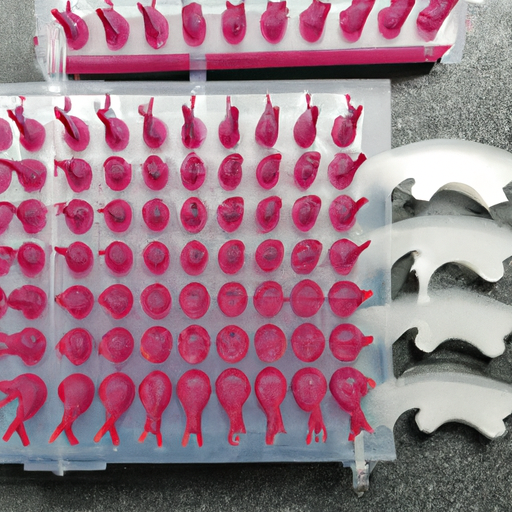Pros and Cons of Using Plastic Partitions in Office Spaces
Plastic partitions have become a popular choice for dividing office spaces in recent years. These partitions offer a cost-effective and versatile solution for creating separate work areas while still maintaining an open and collaborative environment. However, like any design choice, there are both pros and cons to using plastic partitions in office spaces.

One of the main advantages of plastic partitions is their affordability. Compared to traditional walls or glass partitions, plastic partitions are much more budget-friendly. This makes them an attractive option for businesses looking to create separate workspaces without breaking the bank. Additionally, plastic partitions are easy to install and can be quickly reconfigured as needed, making them a flexible solution for changing office layouts.
Another benefit of plastic partitions is their versatility. These partitions come in a variety of styles, colors, and sizes, allowing businesses to customize their office space to fit their specific needs. Whether you’re looking for a sleek and modern design or a more traditional look, there is a plastic partition option to suit your aesthetic preferences. Additionally, plastic partitions can be easily integrated with other office furniture and accessories, making them a seamless addition to any workspace.
| Product Name | OEM Plastic injection molding Parts |
| Drawing Formats | 2D(PDF/CAD) And 3D(STP/STEP) |
| Materials | ABS / PC+ABS / PC / PP / Nylon (PA6/66) / POM / PVC / PMMA / TPE / TPU / PC+GF / Etc. |
| Production Process | Orders-Raw Materials- Production-Quality Inspection -Packaging-Shipment |
In addition to their affordability and versatility, plastic partitions also offer practical benefits for office spaces. These partitions can help to reduce noise levels and create a more private and focused work environment. By dividing the office into separate areas, employees can have their own space to concentrate on their tasks without being distracted by noise or interruptions from coworkers. This can lead to increased productivity and overall job satisfaction among employees.
However, there are also some drawbacks to using plastic partitions in office spaces. One of the main concerns is the lack of privacy that these partitions provide. While they can help to reduce noise levels, plastic partitions do not offer the same level of privacy as traditional walls or glass partitions. This can be a concern for businesses that deal with sensitive information or require a high level of confidentiality in their work.
Another potential downside to using plastic partitions is their durability. While plastic partitions are generally easy to clean and maintain, they may not be as sturdy or long-lasting as other partition options. Over time, plastic partitions can become scratched, dented, or discolored, which can detract from the overall appearance of the office space. Additionally, plastic partitions may not offer the same level of soundproofing as other partition materials, which can be a concern for businesses that require a quiet work environment.
In conclusion, plastic partitions offer a cost-effective and versatile solution for dividing office spaces. These partitions can help to create separate work areas, reduce noise levels, and increase productivity in the workplace. However, there are also some drawbacks to using plastic partitions, including a lack of privacy and concerns about durability. Ultimately, the decision to use plastic partitions in an office space will depend on the specific needs and preferences of the business. By weighing the pros and cons of plastic partitions, businesses can make an informed decision about whether this design choice is right for their workspace.





